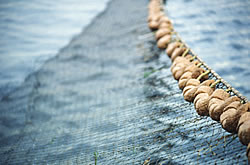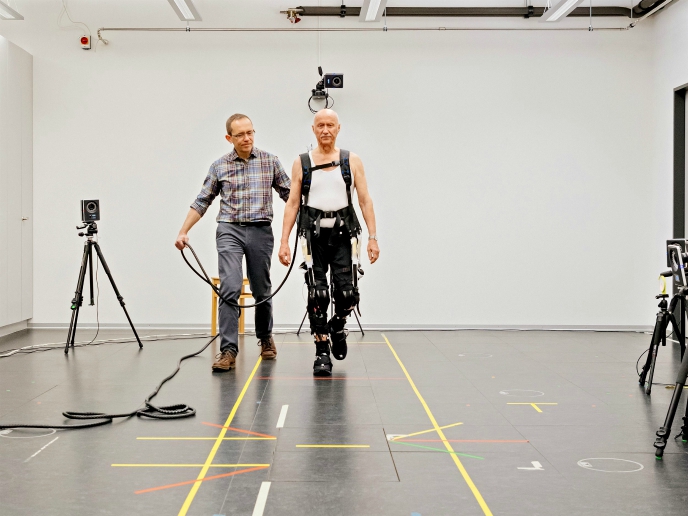Monitoring fish farm discharges in the Mediterranean
The ecological particularities, the climate, the culture of different species, differences in the diversity of fauna and flora are some of the main differences between north and south seas. Therefore, the environmental impact of fish farming activities in the Mediterranean differs a lot from that in the North Atlantic. In this context, models, guidelines, monitoring procedures and environmental quality standards that have already been set for salmonid farming cannot be used in the Mediterranean fish farming. Additionally, it has been observed that sea bass and gilthead sea bream are the two most preferred species cultured in this area during the last ten years. Focusing on the sustainable development of the aquaculture industry and the effective management of coastal zone in the Mediterranean, the MERAMED project generated guidelines for monitoring mariculture. Taking into account the scale and complexity of cage farm activities, these guidelines involve efficient methods for observing their environmental influence on a routine basis. Research studies showed that farm discharges follow an inversely proportional relationship with distance from cages. Hence, at cage proximity fish discharges display the greatest impact, which decreases when drawing away from them. Most importantly, chemical conditions and faunal populations in the sediments are strongly affected by these discharges. The monitoring guidelines are expected to significantly contribute to the development of environmental legislation and control procedures in the Mediterranean countries. Although for certain methods international standards exist, there are others including the proposed simplified monitoring procedures, that need to become standardised for getting comparable and harmonised monitoring results. Furthermore, management strategies should ensure the suitable distribution of cages, fish species and fish sizes in accordance to an effective feeding strategy for minimising the environmental impact. The less the environmental effects of aquaculture operations, the better the economic output of the individual fish farms and the industry as a whole including other sectors as well, such as tourism.







